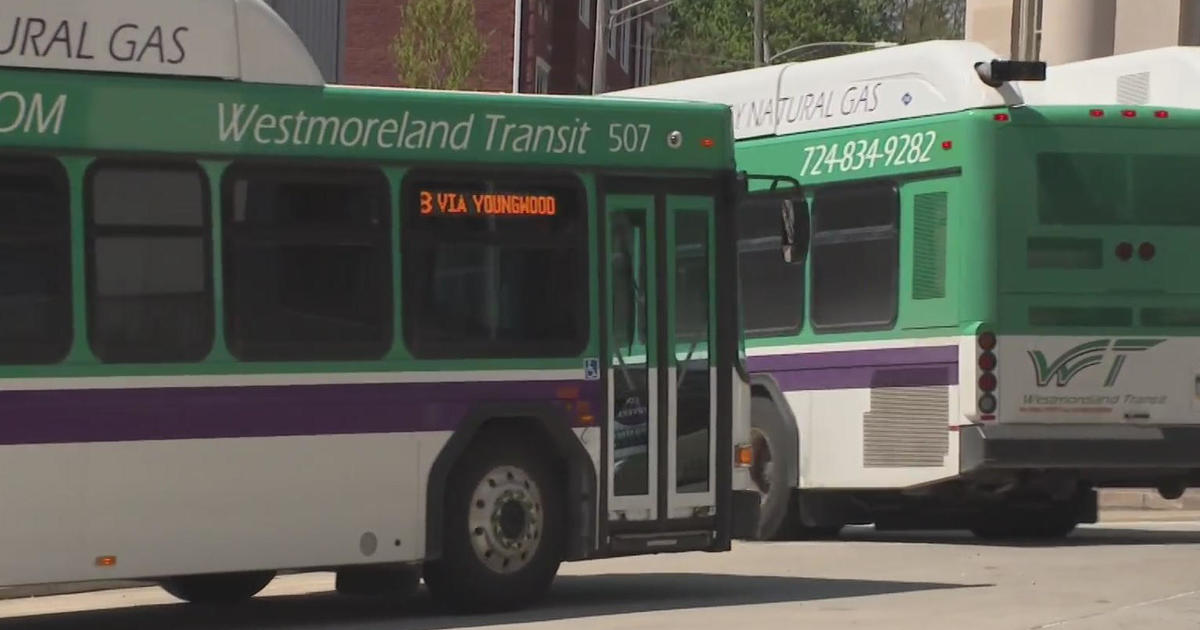New Implant Giving Hope & Relief To Some Chronic Pain Sufferers
PITTSBURGH (KDKA) - Baker and cake decorator Christy Kelly has pain in her left ankle because of a chronic condition called complex regional pain syndrome.
"I stepped on a rock and twisted my foot," Christy said.
A year and a half after surgery to fix her torn tendon and a nerve cyst, her symptoms started.
"It would swell and turn colors. It was purple and kind of bluish," she said.
This kind of chronic pain involves skin temperature and color changes, and can happen after an injury, or surgery. Nothing else can explain the pain. It's often very debilitating.
"It's very difficult to stand and to bake and to be able to decorate cakes and cookies and things of such, without having to sit down and stop," Christy said.
Long-term medication is an option, but sometimes the side effects can be overwhelming.
Some people opt for a surgical procedure to get an implanted device.
For example, spinal cord stimulators interrupt pain signals going to the brain, and instead of pain, you feel vibration.
Now, a new kind of device called a dorsal root ganglion stimulator, or DRG, sends electrical impulses to only a bundle of nerves carrying pain signals just outside the spinal cord. It became available in the United States last year.
"It's FDA approved for complex regional pain syndrome of the knee, foot and ankle, or the groin," says Dr. Jack Kabazie, a pain specialist at West Penn Hospital.
Christy has tried steroid shots, plasma injections, a boot, a brace, and crutches. She decided to give the DRG stimulator a chance.
"Eighty percent chance it works completely, but a 50 percent chance it only works some," Christy says she was told. "At this point, some would be wonderful. I had nothing left to lose. I've been in this condition for a year now. So, it was the last thing we had left to try."
In a one-hour outpatient procedure, it's done in an operating suite under sedation.
"Because it's right on the sensory ganglion, instead of feeling just an overriding vibration in the area where you have pain, you just feel absence of pain," says Dr. Kabazie. "If it takes away their pain, we implant everything in their body and they walk out with a completely implanted device."
Complications can be biological -- infection, allergic reaction, bleeding, or scarring. Or, complications can be mechanical -- wires disconnecting or moving out of place, or battery failure. Of these, the mechanical complications are more likely.
Christy had a temporary DRG stimulator placed and responded wonderfully.
"I walked across the floor a couple of times, and the biggest smile on my face, 'cause I was finally walking," Christy said. "I danced around my kitchen. I went outside, I walked around my yard. I walked around my house, which I hadn't done in a year."
Insurance coverage has been there, but slow, and she expects a permanent implant in the next few weeks.
"What I'm looking forward to the most is being able to go see my children," she said, "being able to bake and decorate and stand up and just life in general."
Join The Conversation On The KDKA Facebook Page
Stay Up To Date, Follow KDKA On Twitter



